
Blog
Blog Description

Deconstructing the CTI Industrial Complex, Part 4: Regional Defenders Are Left in the Dark
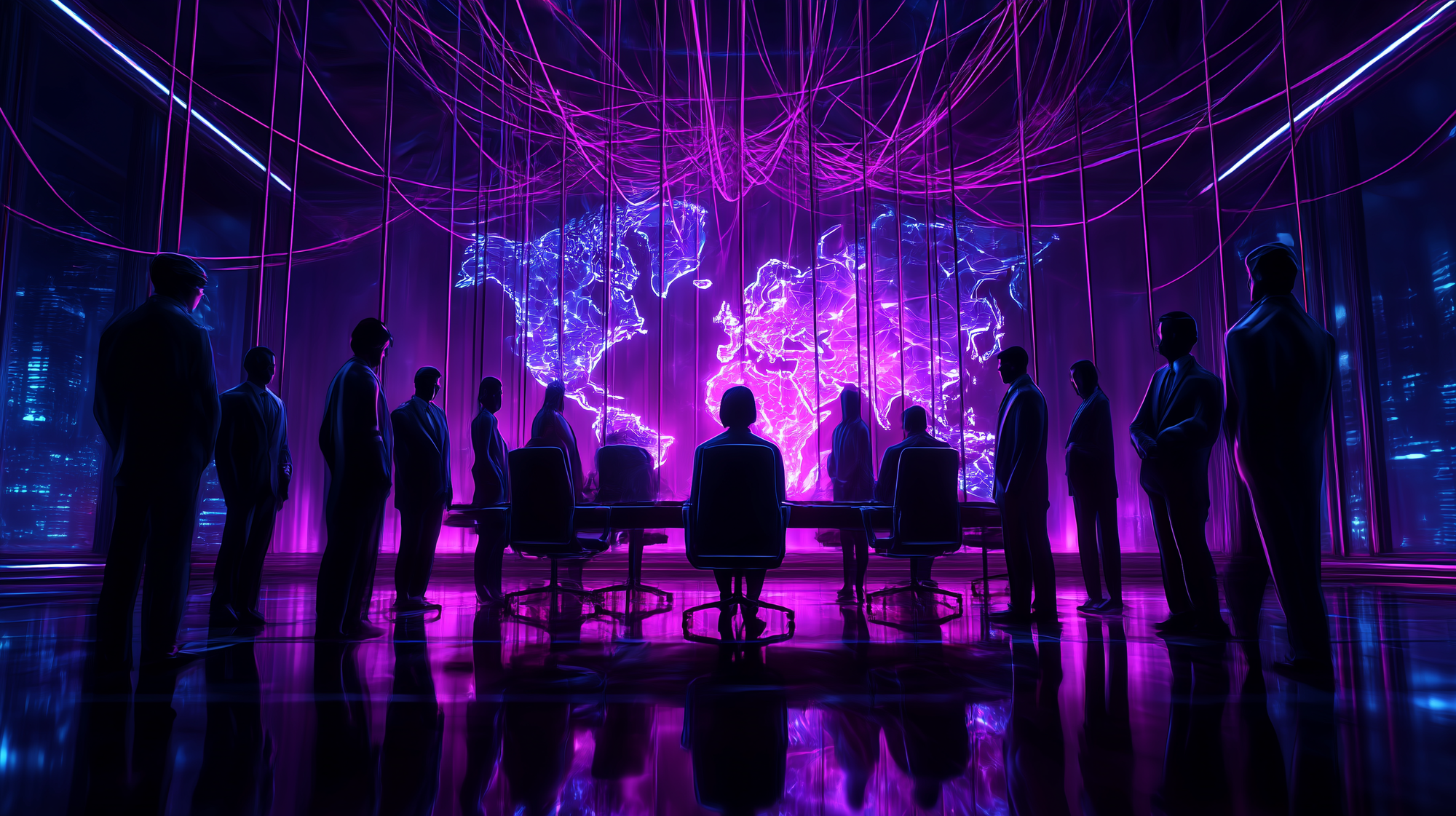
Deconstructing the CTI Industrial Complex, Part 3: Knowledge Cartel

Deconstructing the CTI Industrial Complex, Part 2: Pricing Lies

Deconstructing the CTI Industrial Complex, Part 1: Cyber Threat Intelligence Theater
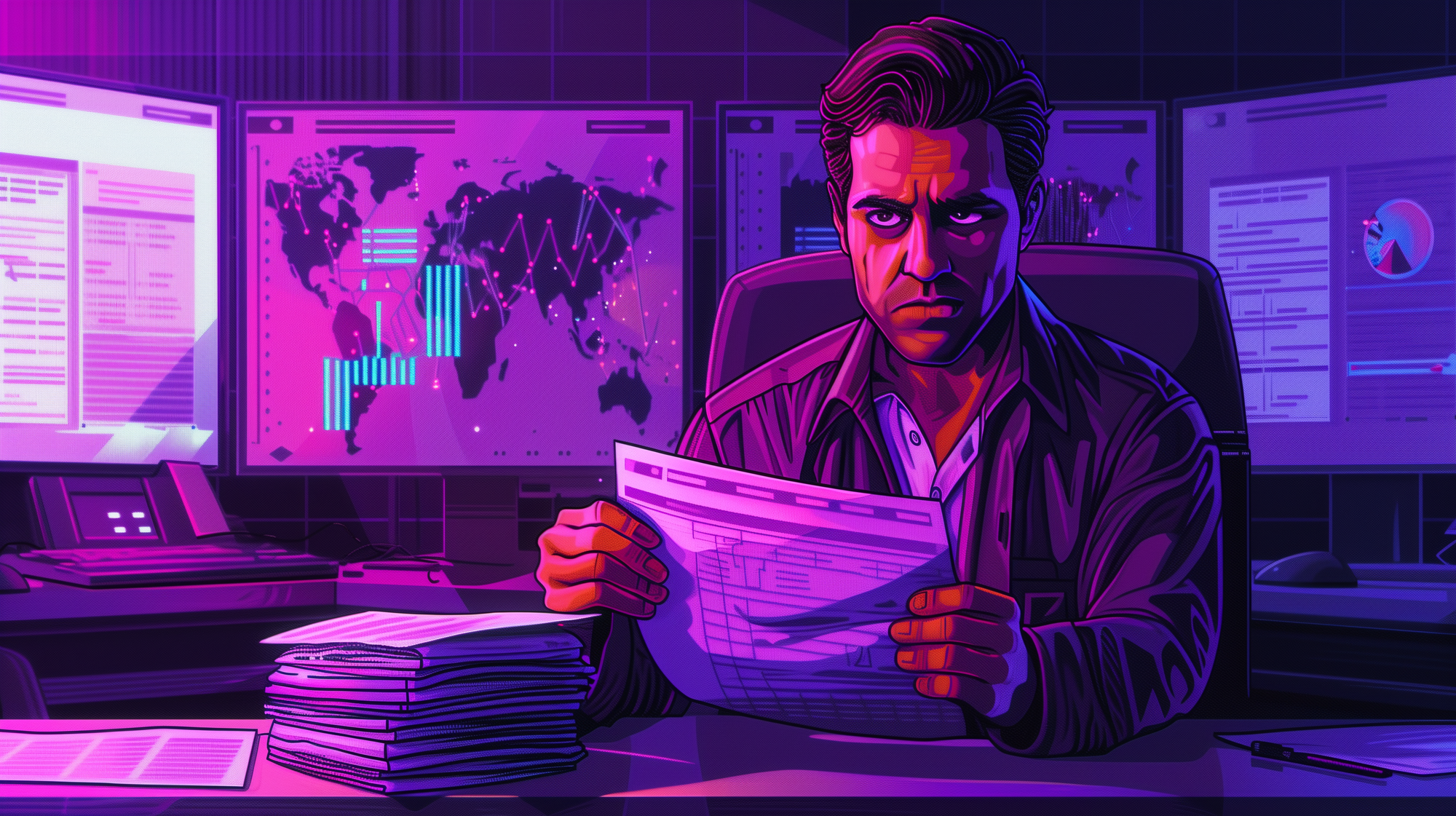
Cyber Threat Intelligence Vendors Have Failed Cyber Defenders

Japan Deploys "Active Cyber Defense"

Cyber Threat Intelligence Is Desperate for a Revolution

Why Talented Employees Abandon the Rot of Trash Leadership

Consolidated EASM & Dark Web Monitoring Tools Are Failing to Protect Your Organization

Whispers of a Neon Labyrinth

Generative AI Inversion Attacks and the Fall of Human Dominion

Generative AI and the Coming Apocalypse

Cyber Threat Intelligence and the Illusion of Security

Dispelling the Myths: Dark Truths of Adversary Attribution

What The Wire and Breaking Bad Expose About Cyber Threat Intelligence
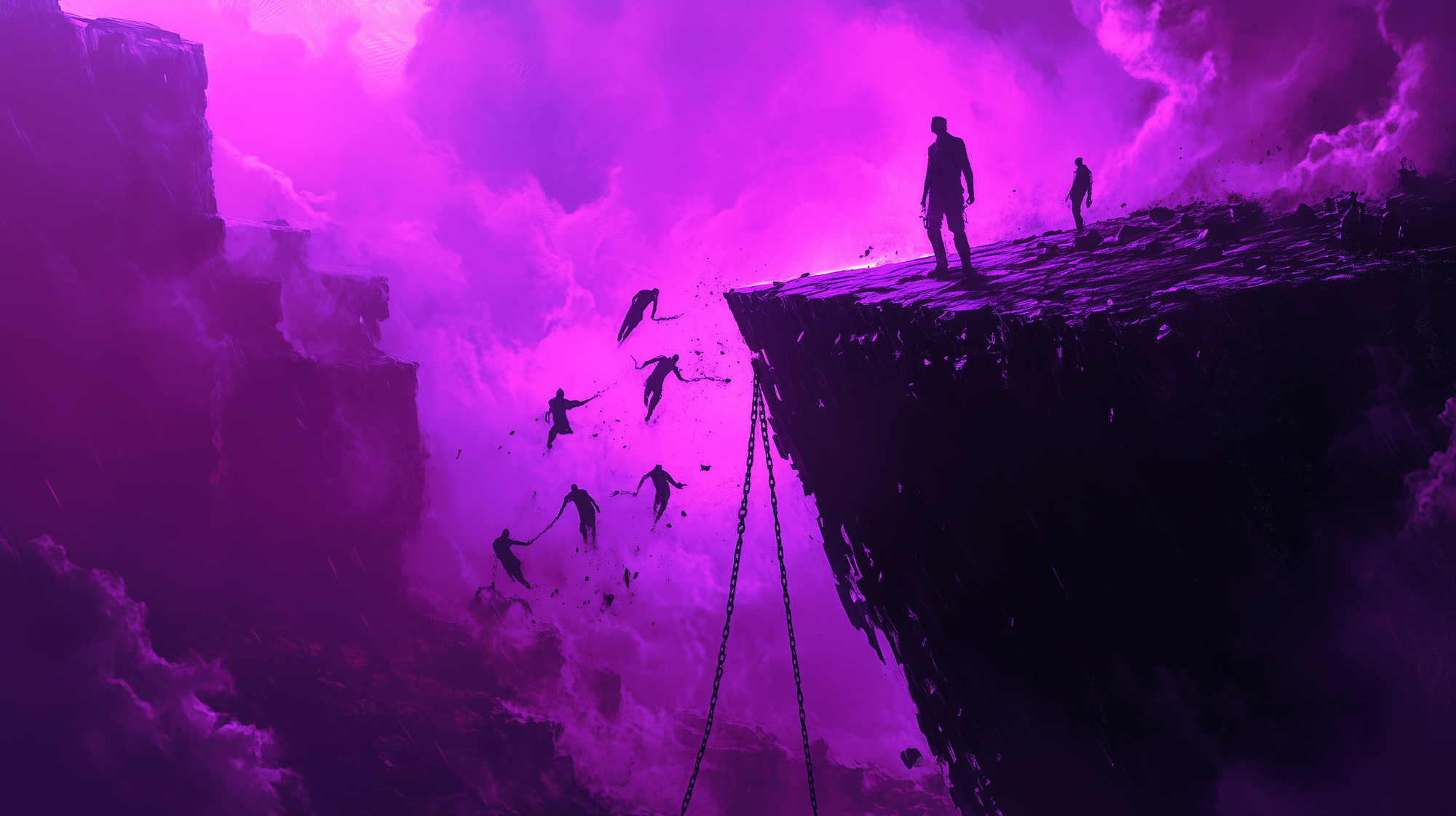
The Brutal Truth: Purging Your Team Proves You Are Not Fit to Lead

Decoding the Hidden Layers of Cyber Threats

Unveiling the Abyss: Inside the Dark Web's Hidden Threats

Dark Patterns: The Hidden Cyber Threat Manipulating Users
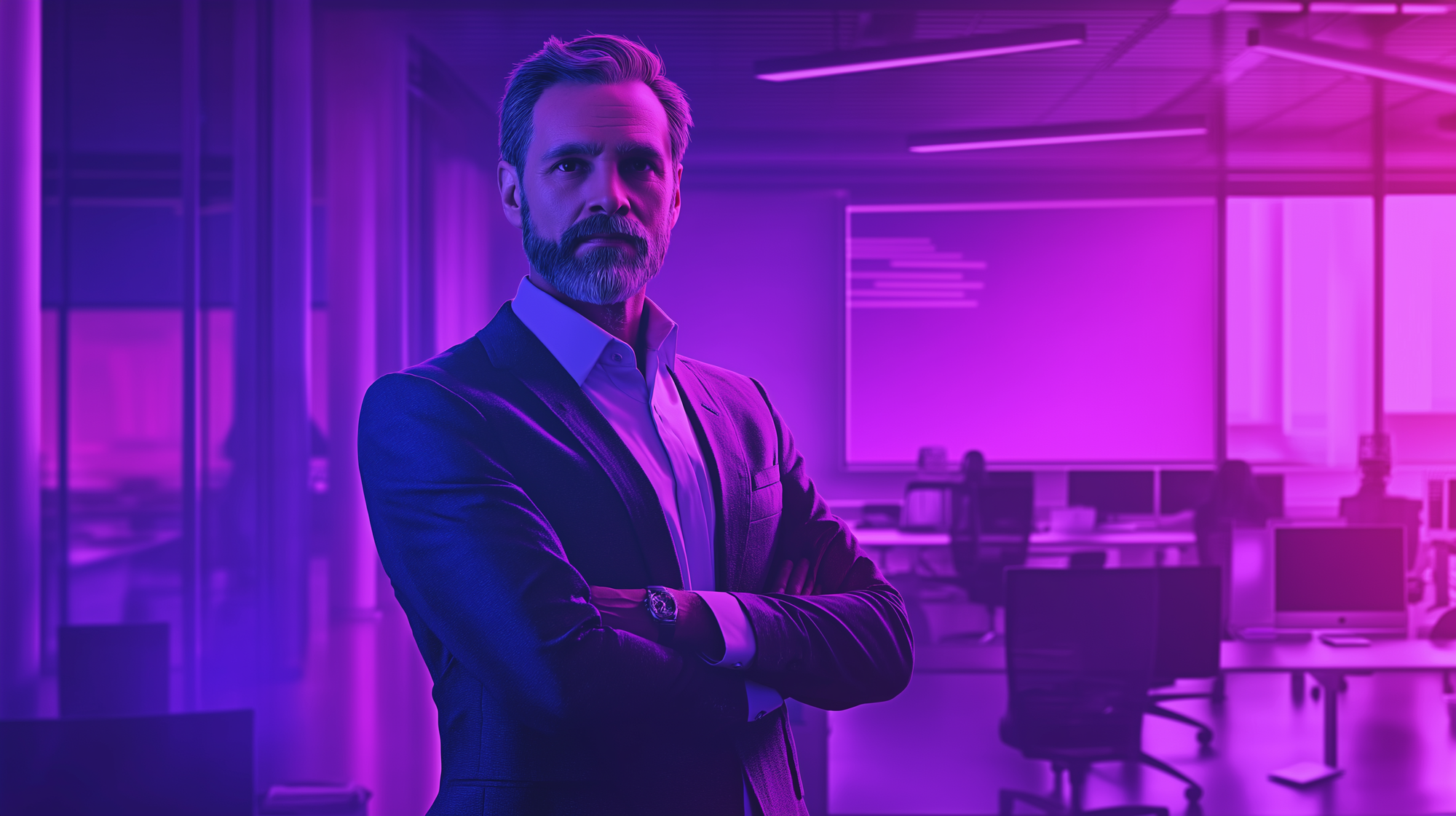
Why Some Leaders Soar While Others Crash

The Unrelenting Menace of Ransomware-as-a-Service

Insider Threat: Sinister Saboteurs Silently Shattering Your Survival
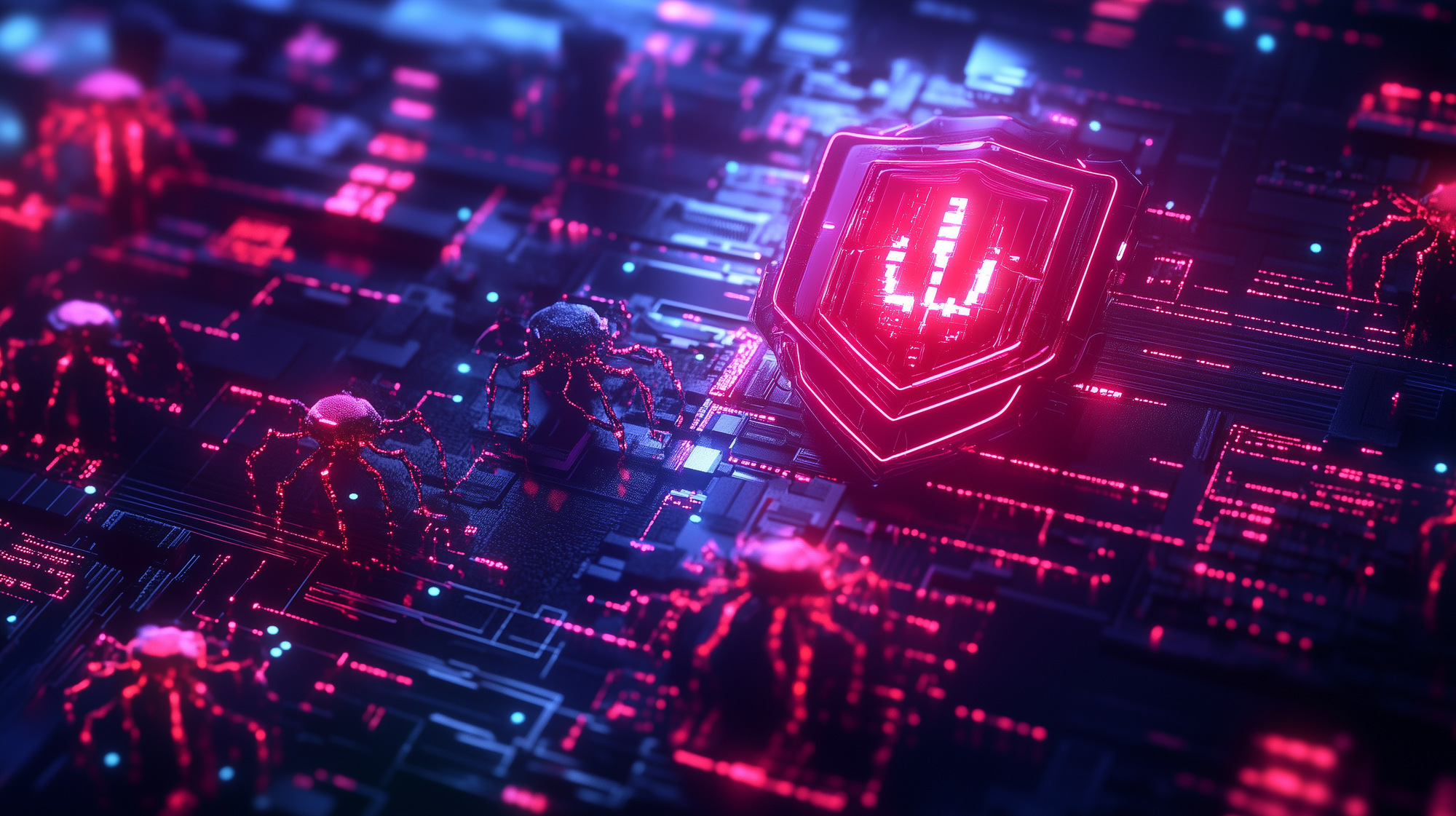
Are Supply Chain Attacks the Achilles Heel of Cyber Security?
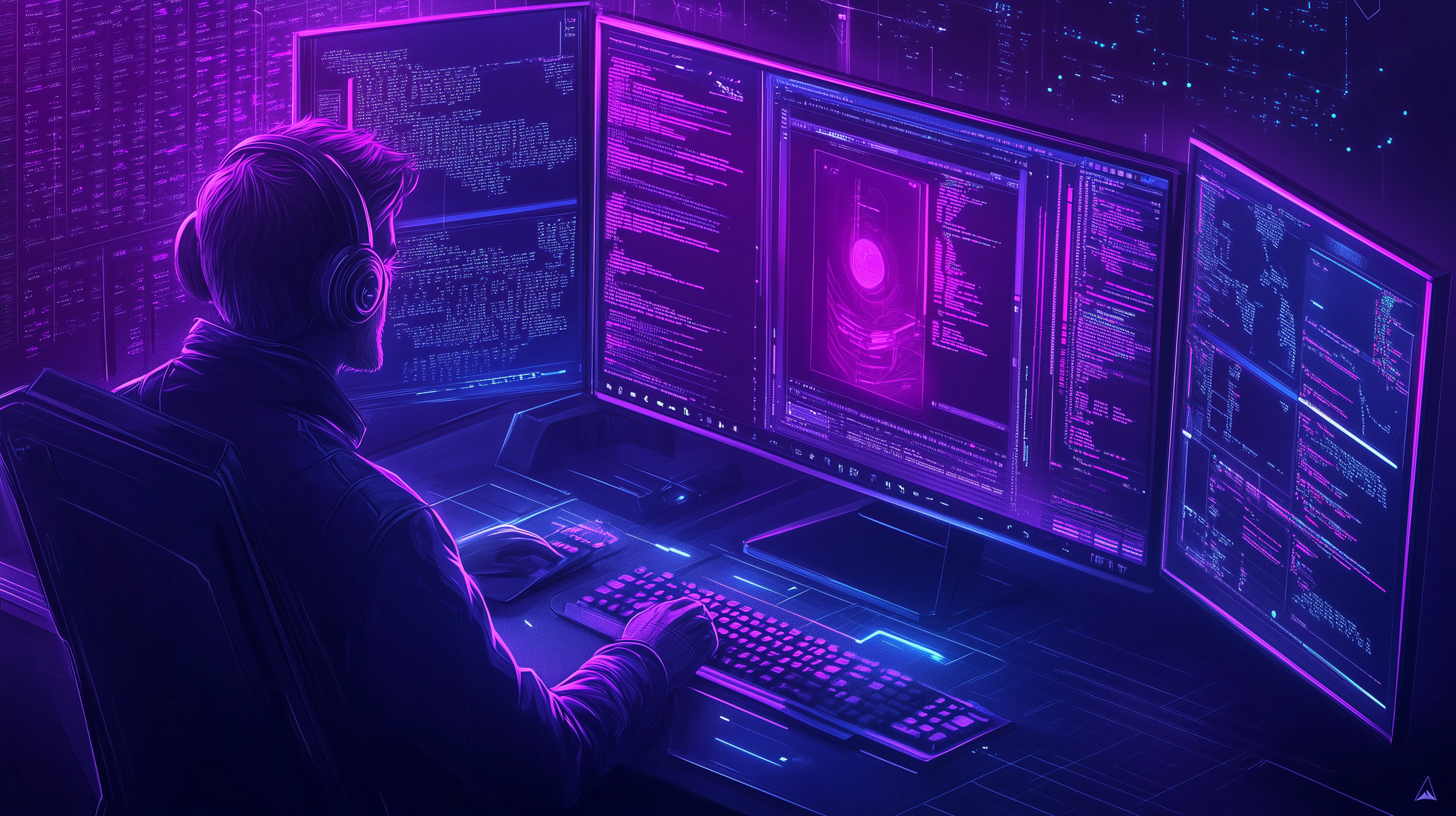
What are Living off the Land Techniques?

Thwarting the Treacherous Tide of Nation State Cyber Espionage
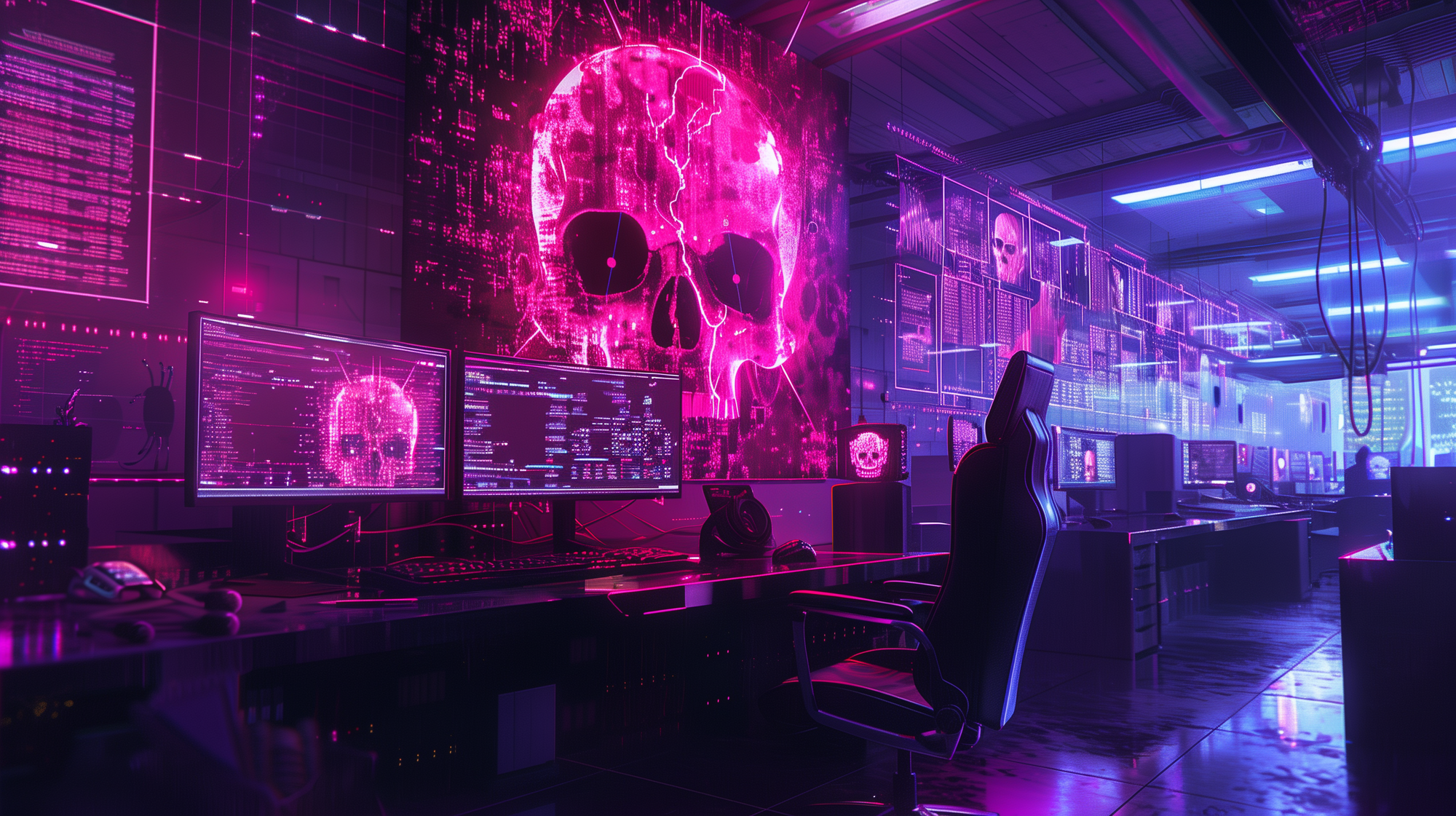
Record-Breaking $75 Million Ransomware Payment is Insanity
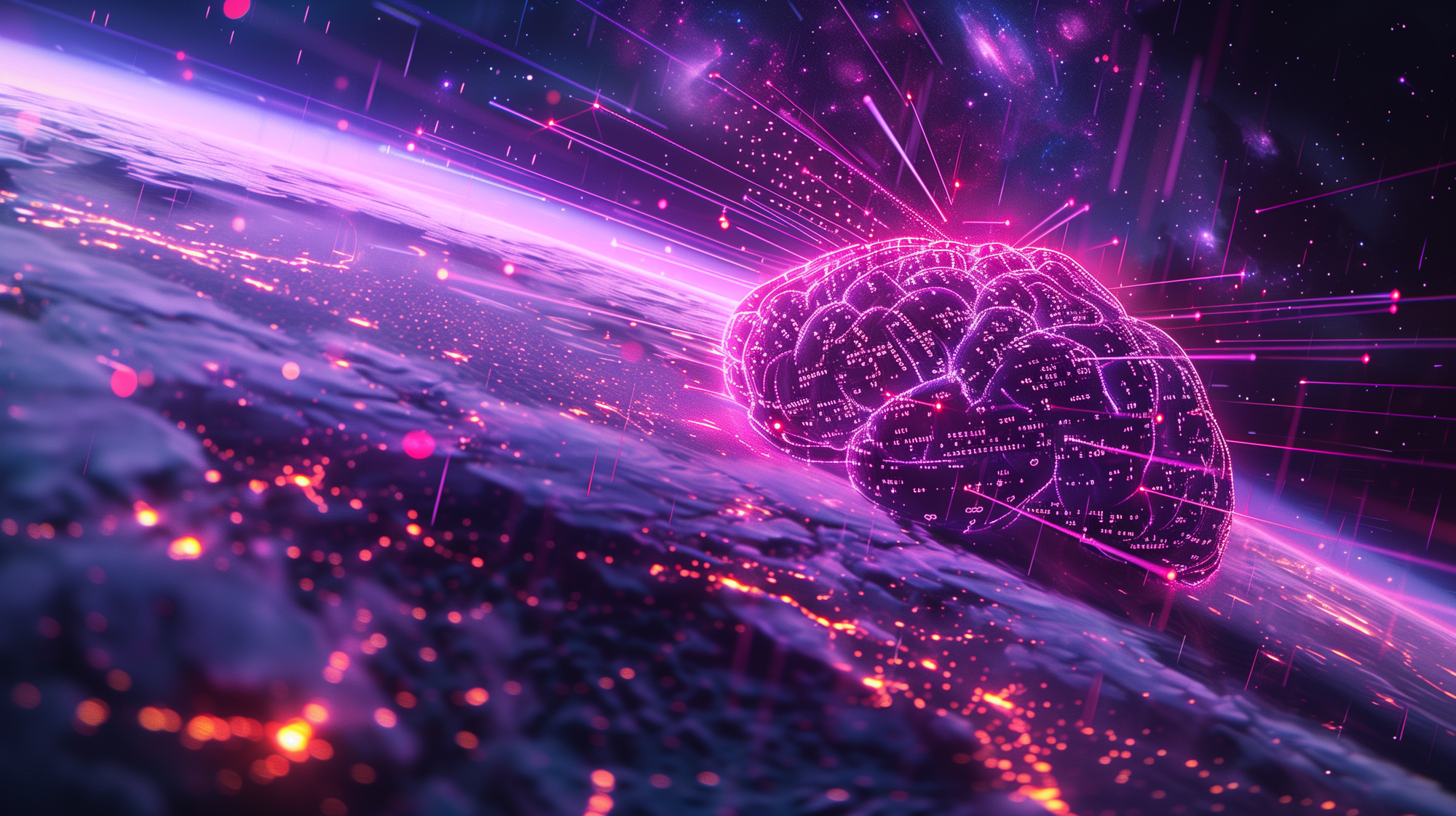
Chilling Cyber Crime Chaos of Generative AI
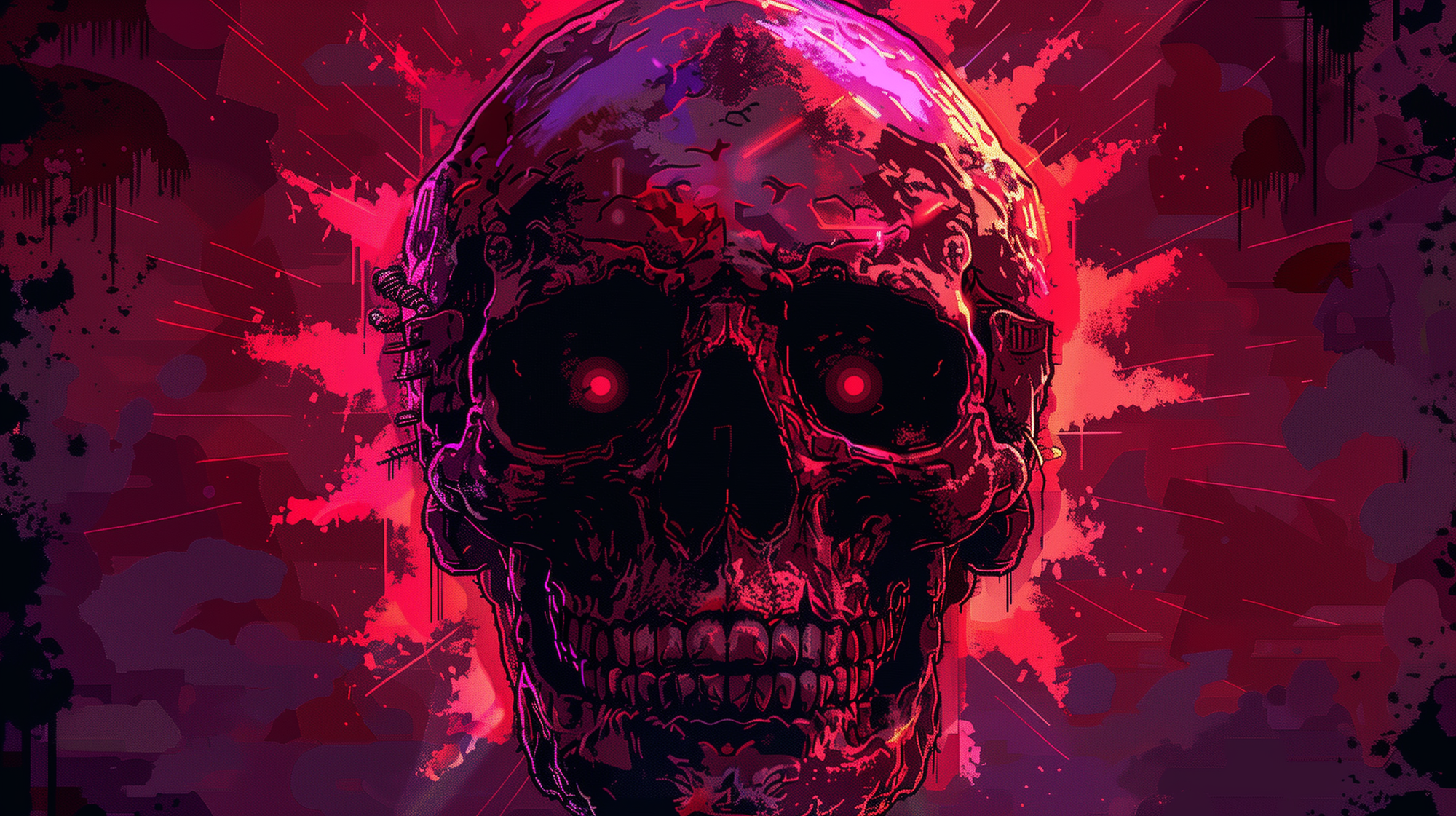
The Historical Evolution of Ransomware

How to Conduct Adversary Profiling
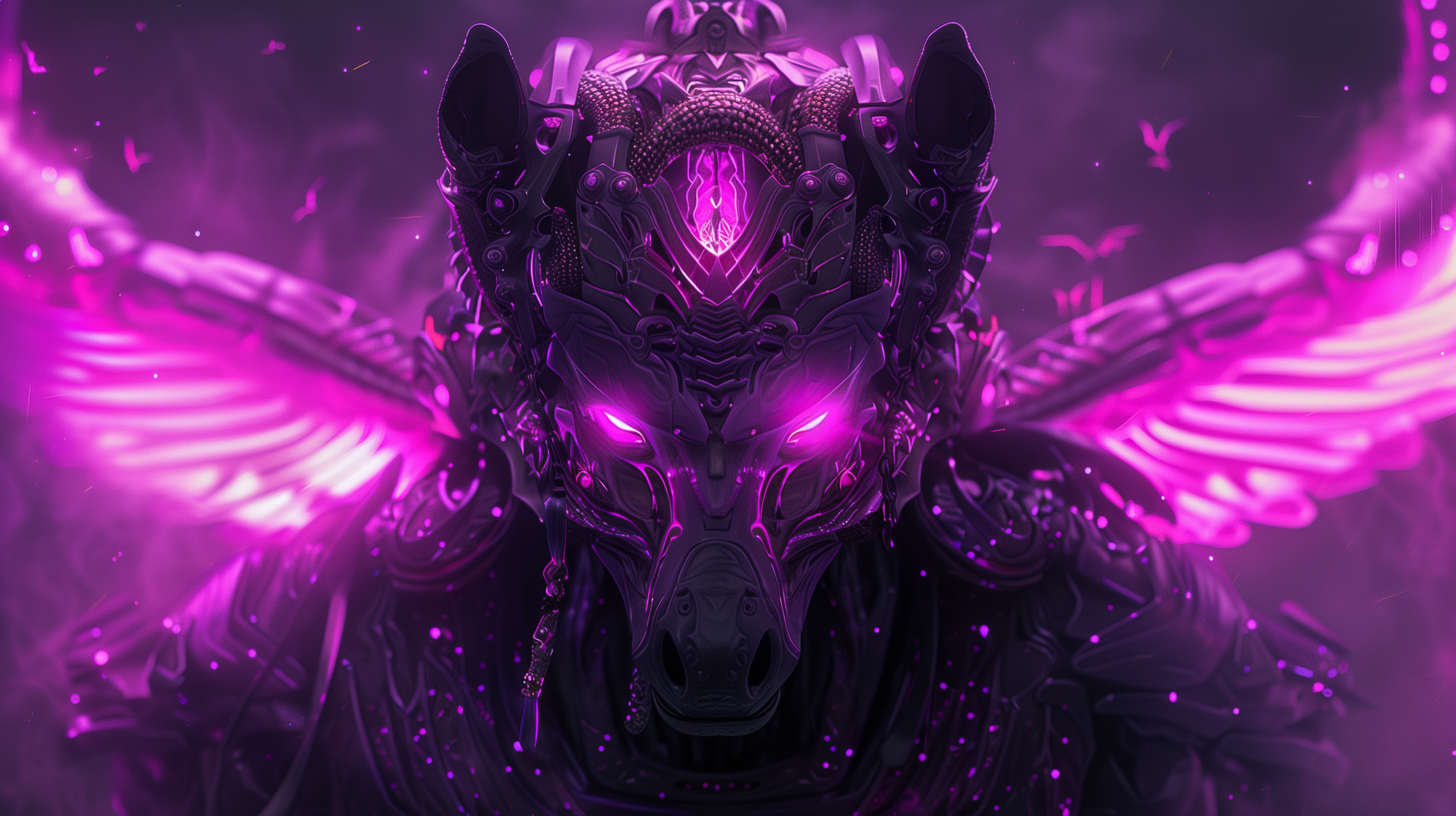
Is North Korea's SILENT CHOLLIMA Pivoting to Ransomware Attacks?

KnowBe4 Hires North Korean Threat Actor, Promptly Detects Shady Activity
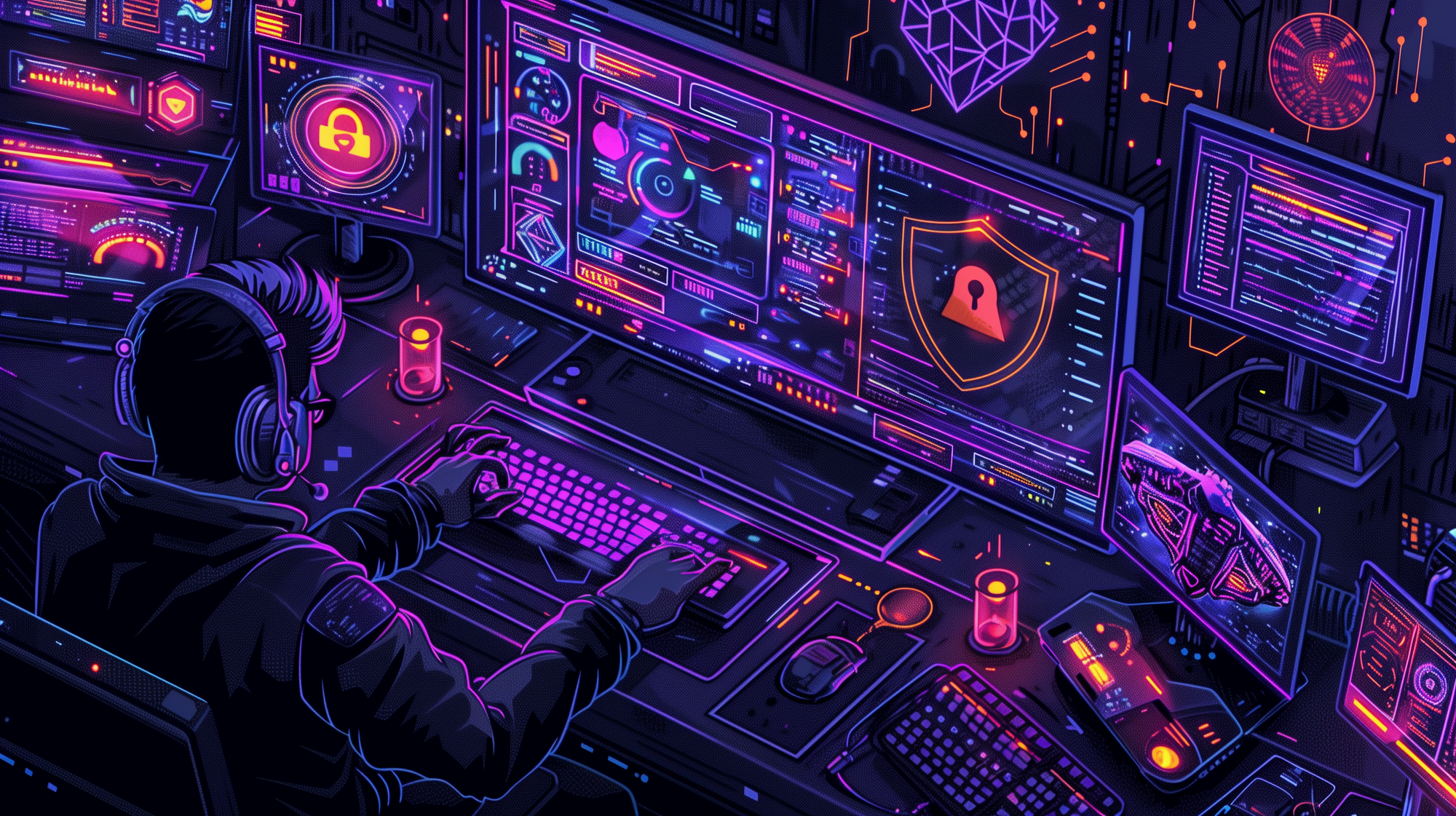
Top Five Security Best Practices in 2024

Rising Threat of Information Stealer Malware

UK Arrests Alleged Scattered Spider Member Linked to MGM Attack

Dark Web Monitoring is One Wicked Weapon Worth Wielding
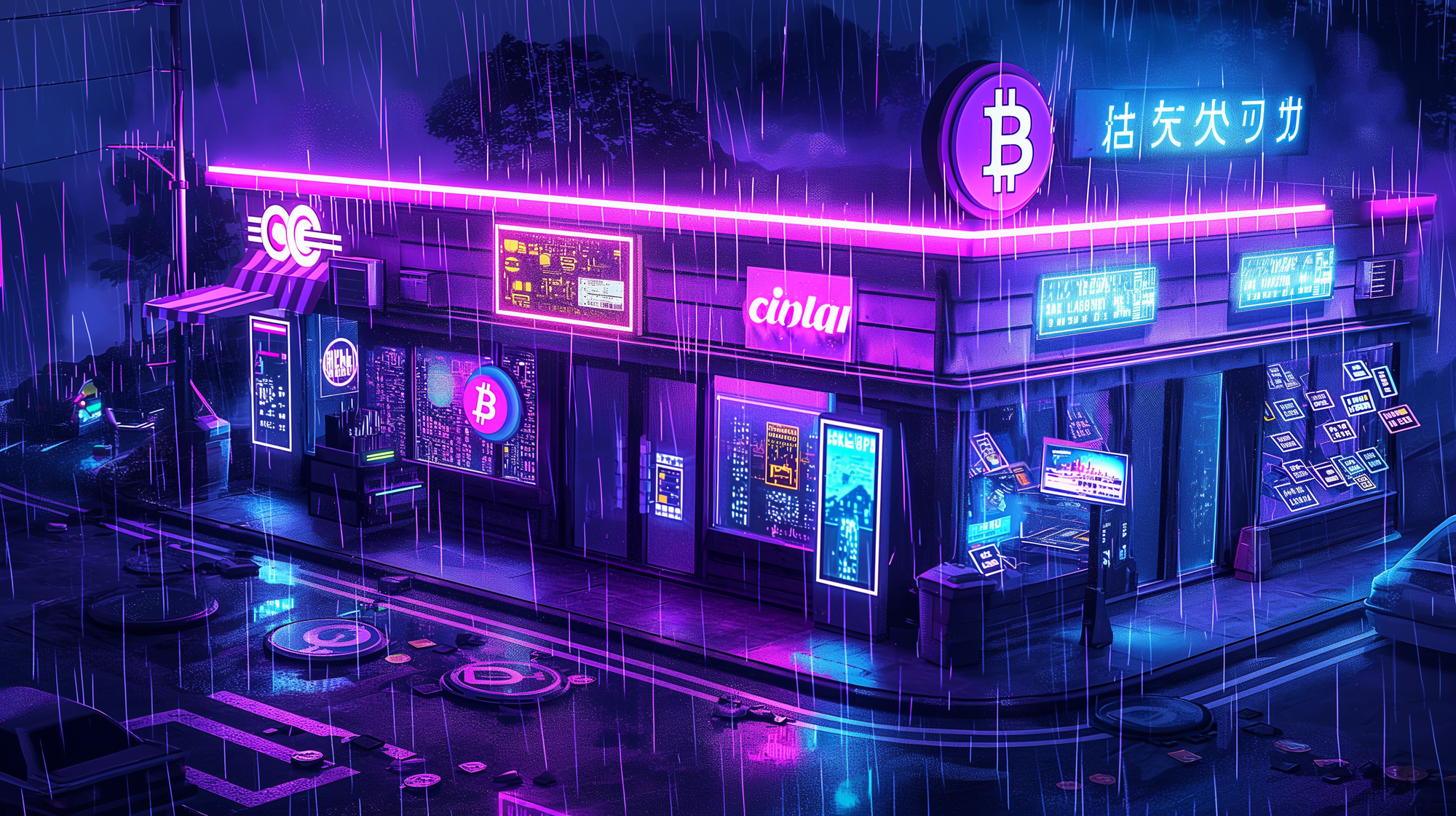
Cyber Threat Intelligence vs Dark Web Monitoring
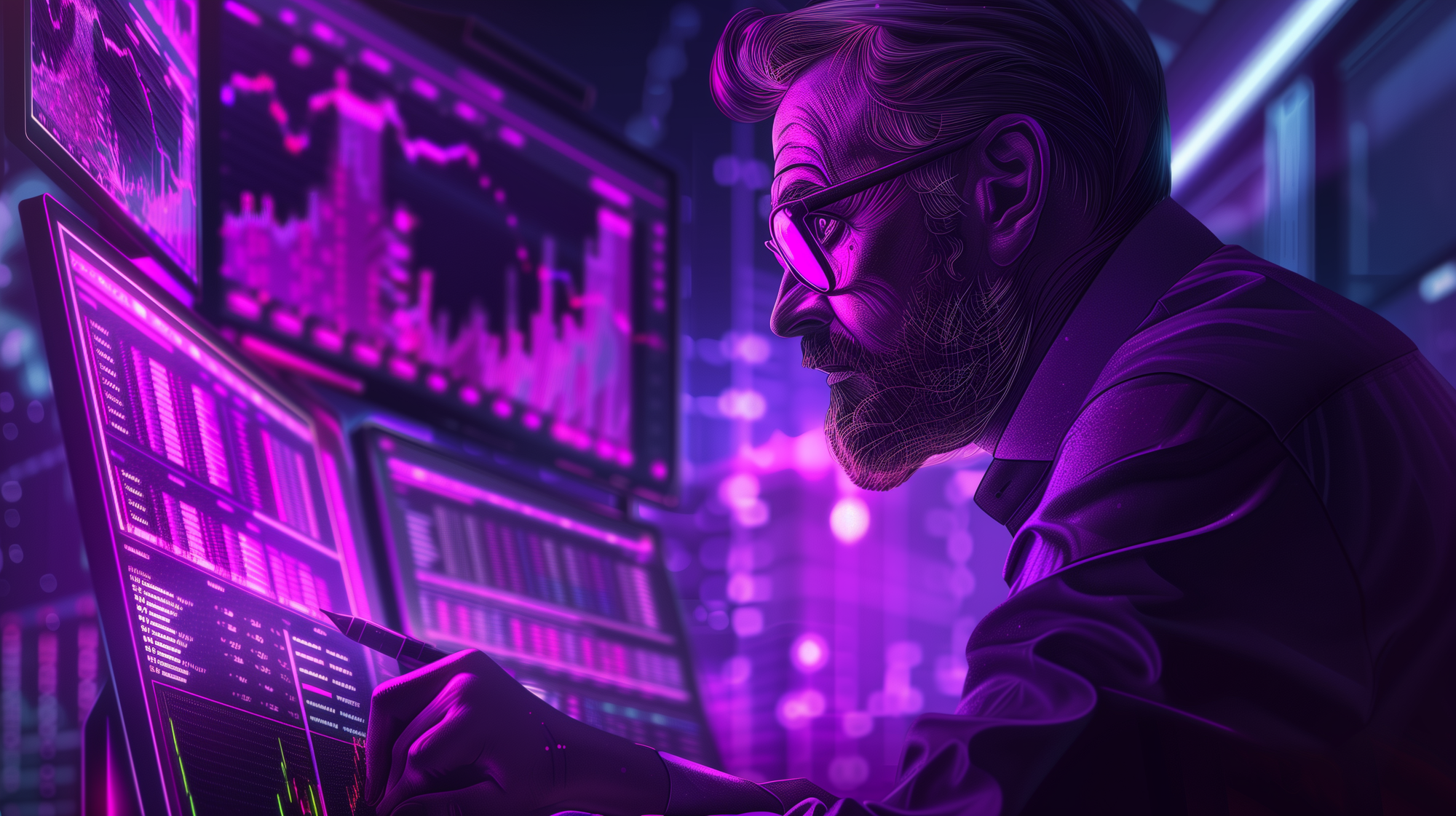
Beyond the Grid: Death-by-Spreadsheets

Understanding Cyber Adversaries is a Critical Necessity
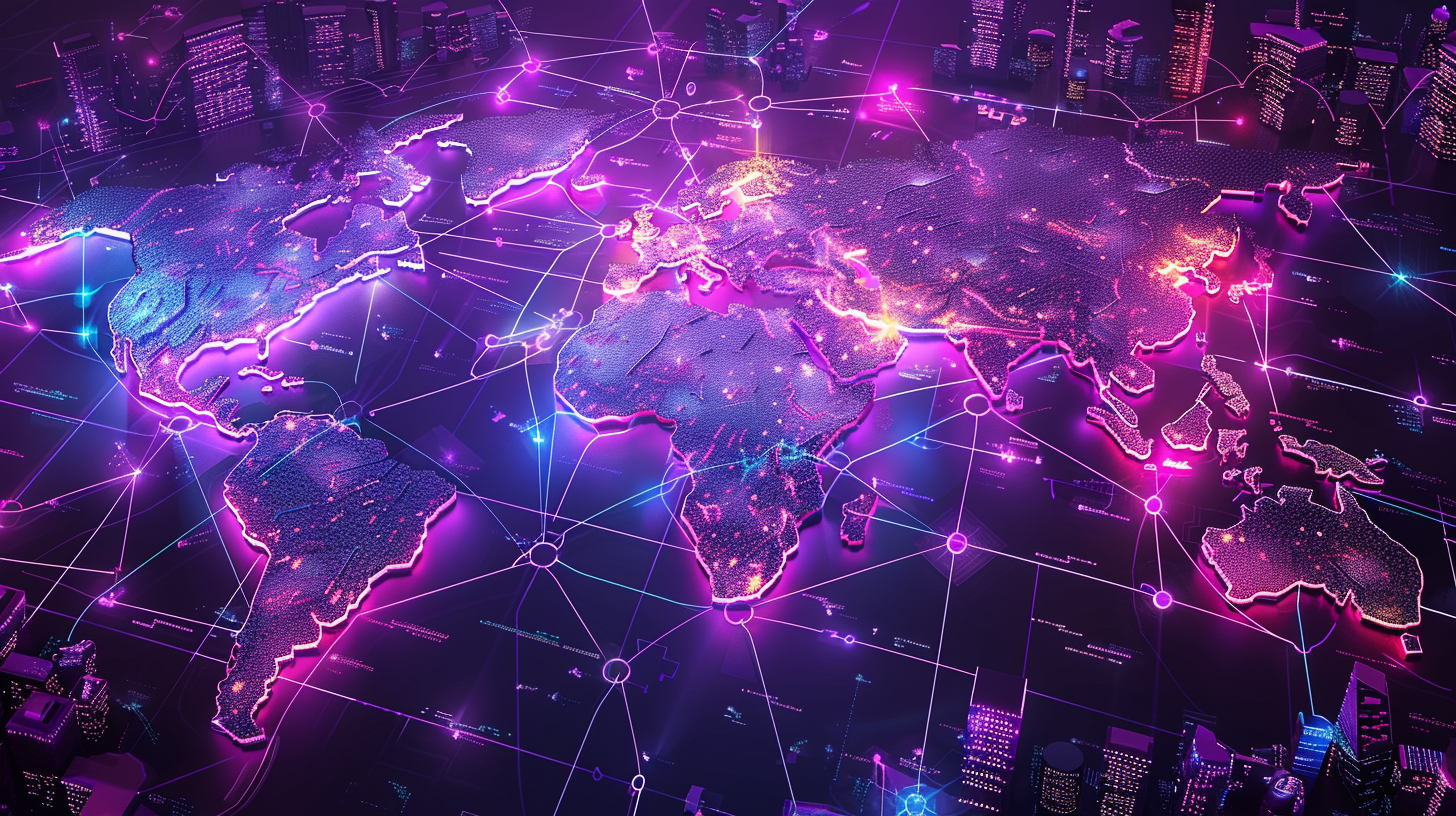
Mastering the Global Security Market with Local Insights
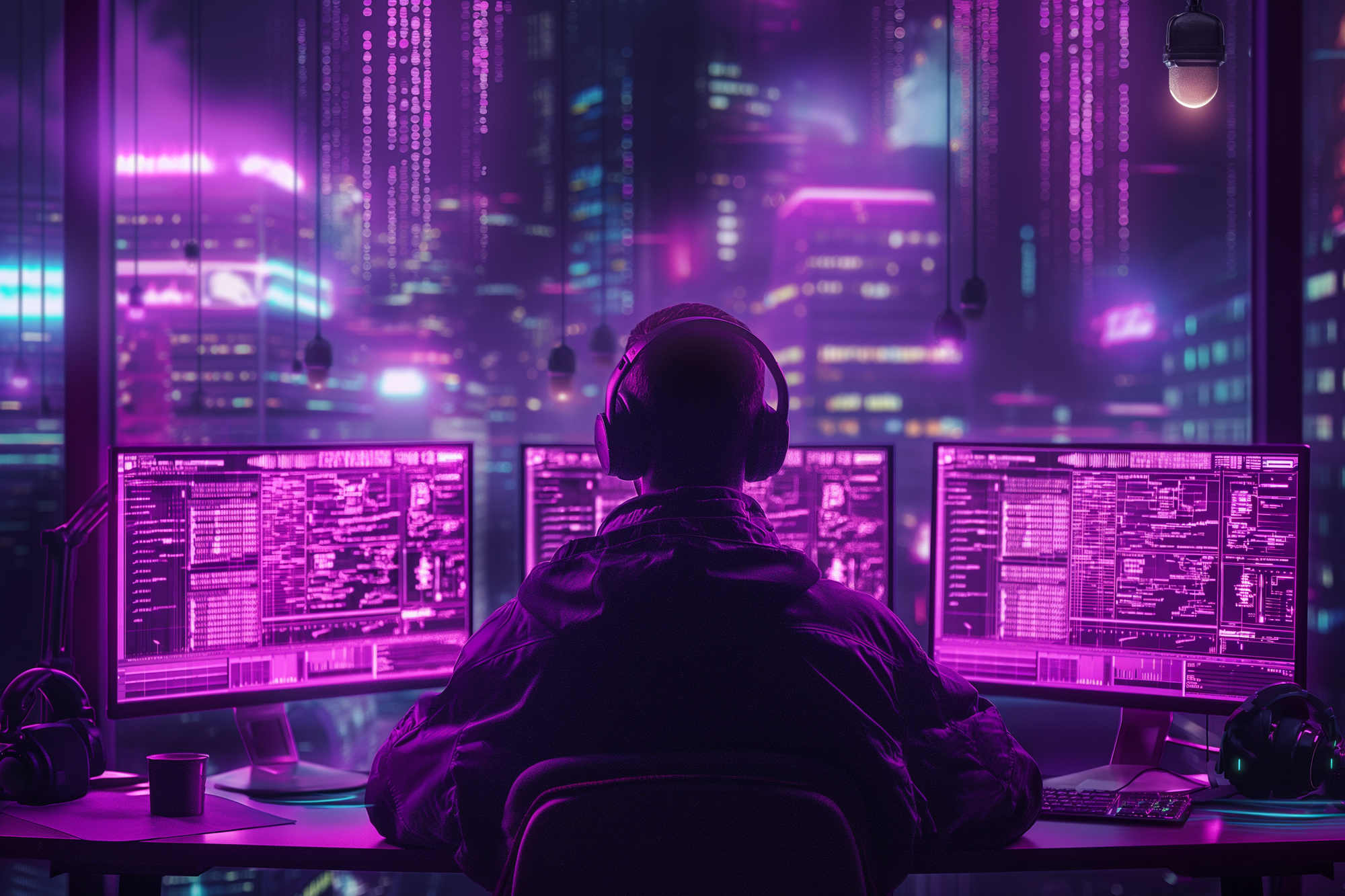
Cyber Threat Intelligence is an Imperative
